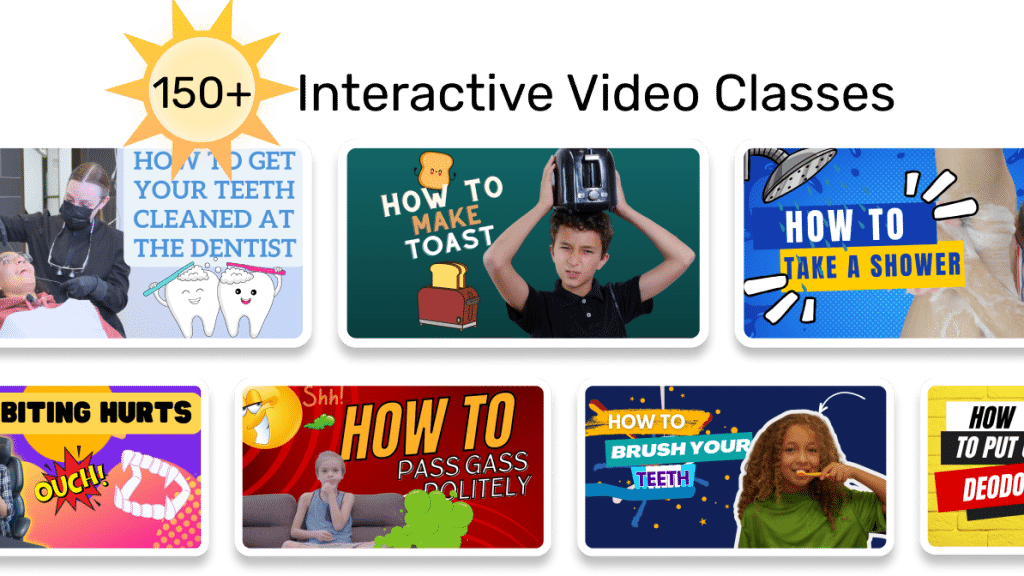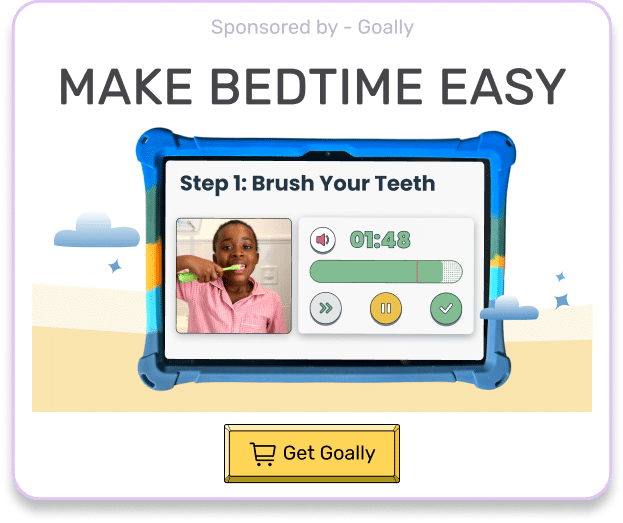Navigating the world of learning disabilities can feel like a maze, but you’re not alone. In this comprehensive guide, we’ll define learning disabilities in kids, explore their various types, and offer practical strategies to support your neurodivergent child. By the end of this blog, you will have a clearer understanding of learning disabilities and feel more confident in helping your child thrive with the help of tools like Goally.
Table of Contents
What are Learning Disabilities?
Firstly, let’s define learning disabilities. These are neurological differences that affect how a child processes, stores, and retrieves information. These differences can impact a child’s ability to read, write, speak, or perform mathematical calculations. However, it’s important to note that learning disabilities do not reflect a child’s intelligence or potential.
Common Types of Learning Disabilities
There are many different types of learning disabilities that can affect kids in different ways. Some of the most common include:
| Type | Description |
|---|---|
| Dyslexia | Difficulty with reading, spelling, and recognizing words. |
| Dyscalculia | Struggles with mathematical concepts and calculations. |
| Dysgraphia | Challenges with handwriting, spelling, and organizing thoughts on paper. |
| Language Processing Disorder | Difficulty understanding and expressing language. |

Find out more about the 7 types of learning disabilities.
Identifying Learning Disabilities in Kids
Early identification is crucial for supporting kids with learning disabilities. Here are some signs to watch for:
- Consistent difficulty with reading, writing, or math
- Trouble following directions or understanding concepts
- Difficulty with memory, attention, or organization
- Struggles with fine motor skills or coordination
If you suspect your child may have a learning disability, consult with a professional, such as a pediatrician, psychologist, or educational specialist, for a thorough evaluation.
Supporting Your Neurodivergent Child
Once you’ve identified your child’s learning disability, it’s time to take action. Here are some tips to help your kid succeed:
1. Collaborate with Educators
Communication is key. Work closely with your child’s teachers and school staff to create an Individualized Education Program (IEP) or 504 Plan tailored to your child’s needs. These plans outline accommodations, modifications, and support services to help your kid be successful in the classroom.
2. Foster a Supportive Home Environment
Create a structured, organized, and nurturing home environment that encourages learning. Set up a designated workspace, establish routines, and provide access to necessary resources and tools, like Goally, which offers learning tablets and apps for neurodivergent kids.

3. Encourage Your Child’s Strengths
Every child has unique strengths and talents. Help your child discover and develop their passions by providing opportunities for exploration and growth. Celebrate their achievements and foster a growth mindset.
4. Seek Professional Support
Consider working with specialists, such as tutors, therapists, or counselors, who can provide targeted support and guidance for your child.
5. Advocate for Your Child
As a parent, you are your kid’s most significant advocate. Stay informed about your child’s rights, and don’t hesitate to speak up for their needs.
Embracing Neurodiversity
It’s essential to recognize that learning disabilities are just one aspect of your child’s unique neurodivergent profile. By understanding and embracing these differences, you can help your child develop resilience, self-esteem, and a strong sense of identity.
Goally | Apps To Support Child Development
Looking for fun ways to help your child learn life skills? Try Goally! The Goally tablet comes with award-winning learning apps and video classes to help kids develop the skills they need to become independent with FUN & evidence-based practices.

Our apps teach executive function, language, emotional regulation, finger dexterity skills, and more.
As your child develops new skills, you can increase the difficulty level of the tasks in the app to challenge and motivate them even further. This helps your child grow and progress at their own pace, while also keeping them engaged and excited about their development.

In short, defining learning disabilities is just the first step in supporting your neurodivergent child. By staying informed, collaborating with educators, and fostering a supportive environment, you can help your child overcome challenges and reach their full potential. Remember, your child’s learning disability does not define them; it’s just one piece of the puzzle that makes them who they are. With the right support and tools like Goally, your child can thrive and succeed.
FAQs About Defining Learning Disabilities in Kids
What are learning disabilities? Neurologically-based processing difficulties, or learning disabilities, can hinder acquiring fundamental skills such as reading, writing, and math. They often need to be more consistent with a person's overall intelligence.
How are learning disabilities diagnosed? Learning disabilities are diagnosed through interviews, observations, and standardized testing, usually conducted by educational professionals or psychologists.
Can learning disabilities be cured? Learning disabilities cannot be cured but can be managed through specialized educational strategies and support, allowing individuals to succeed in learning tasks.
What are some common types of learning disabilities? Some common types of learning disabilities include dyslexia (difficulty with reading), dyscalculia (difficulty with math), and dysgraphia (difficulty with writing).
How can parents support children with learning disabilities? Parents can support children with learning disabilities by collaborating with educators, using specialized learning tools and strategies, and providing emotional support and encouragement.
This post was originally published on 05/25/2023. It was updated on 08/06/2023.

Goally
We help parents teach their kids life skills, like doing bedtime and morning independently. Backed by science, we incorporate evidence-based practices and expert-informed designs in all of our apps and content.





